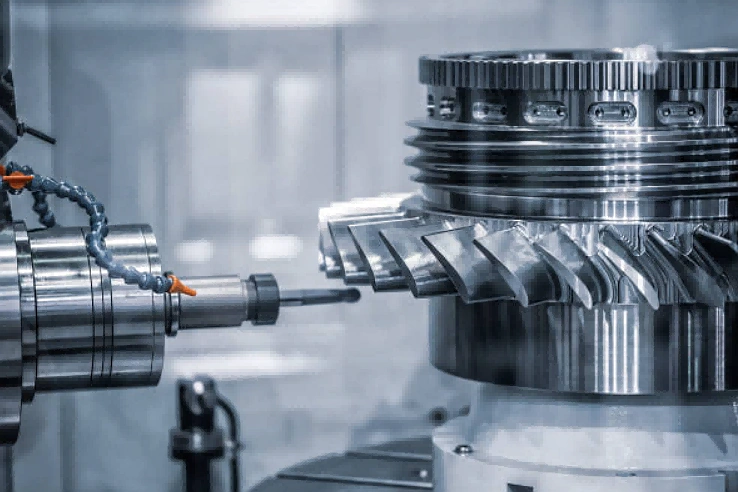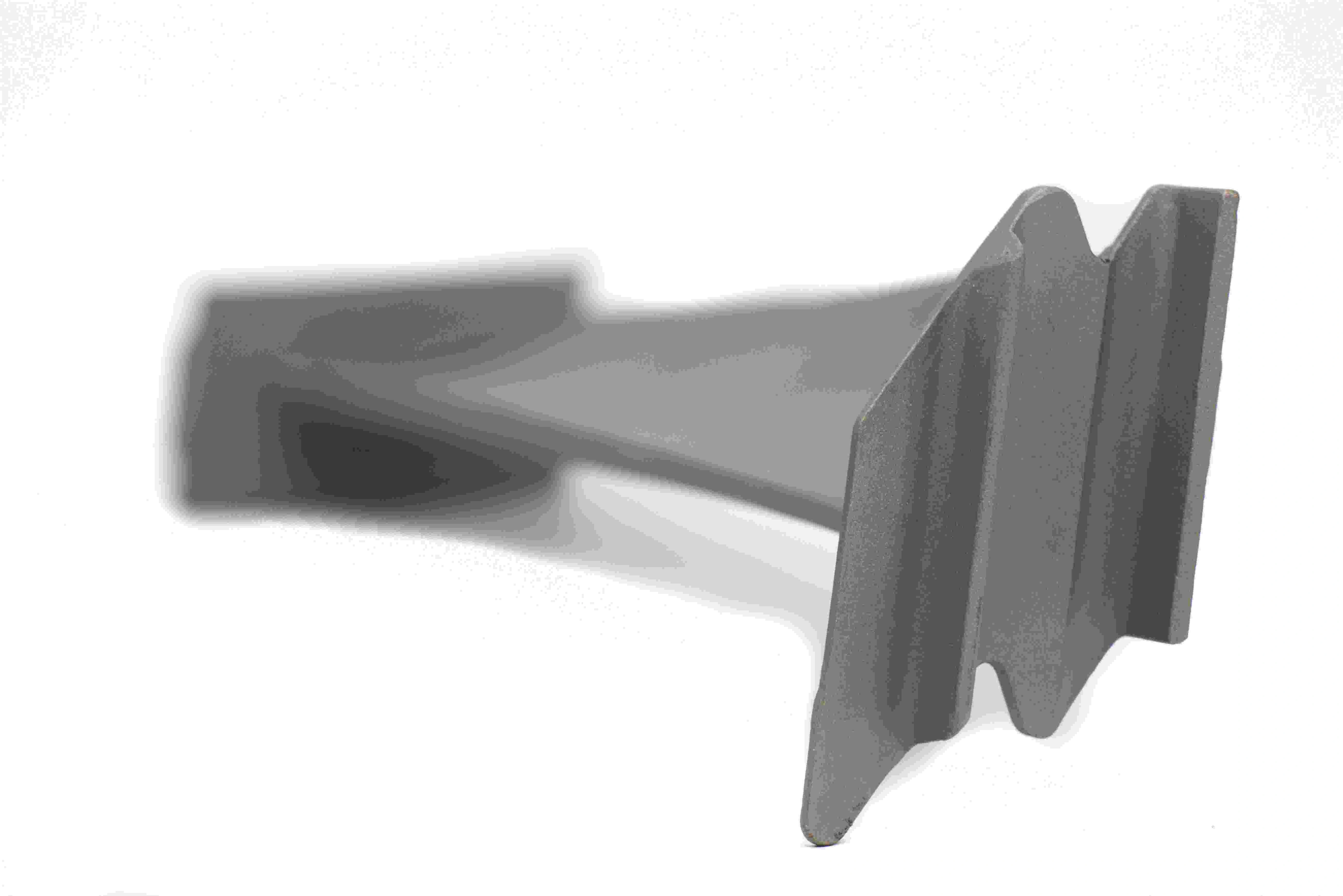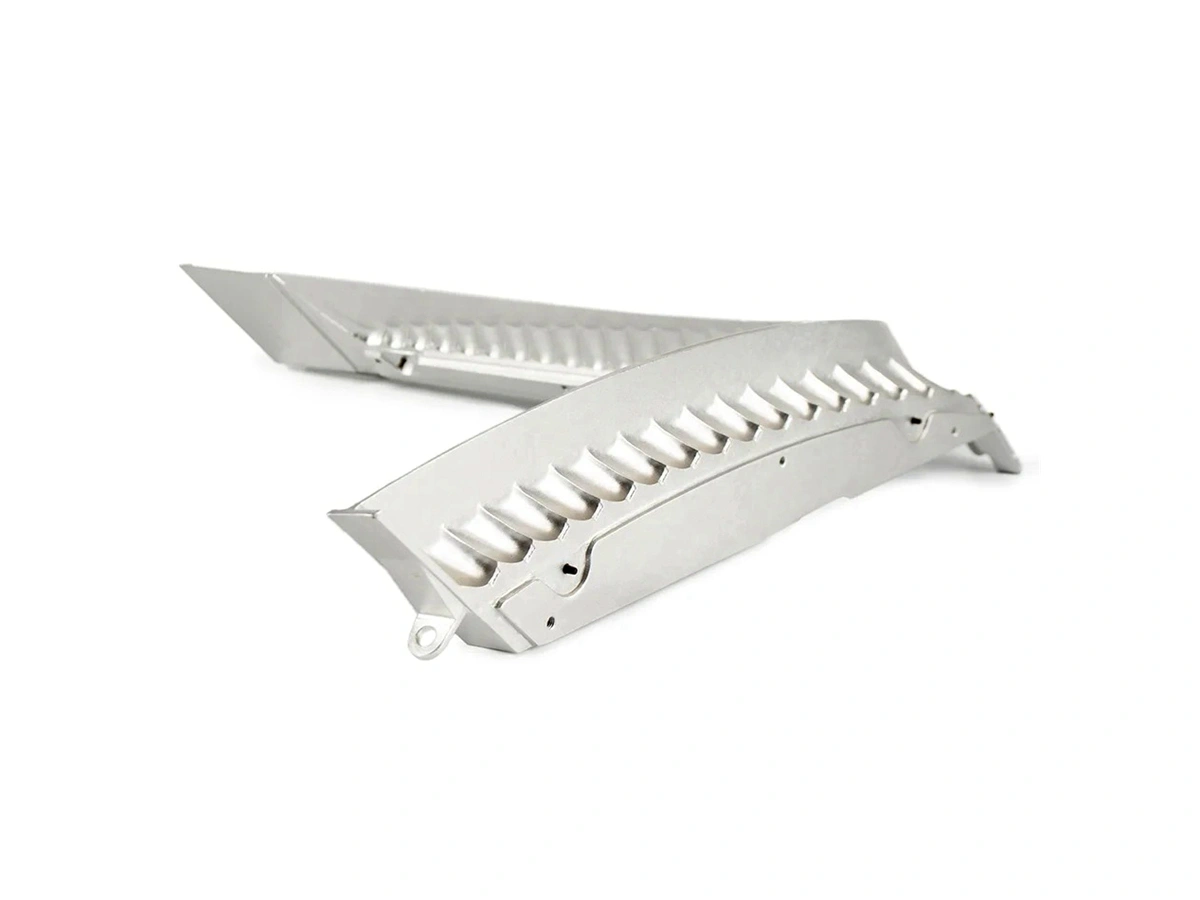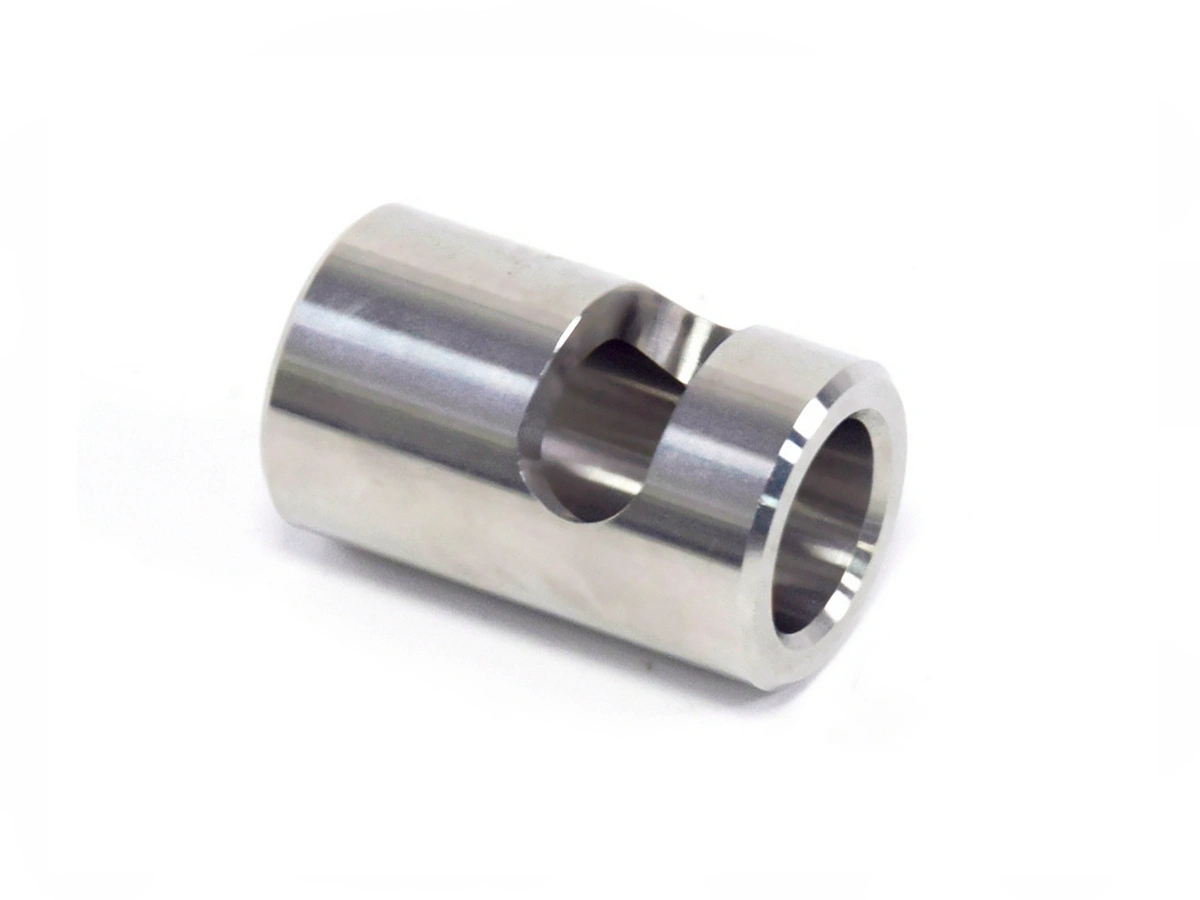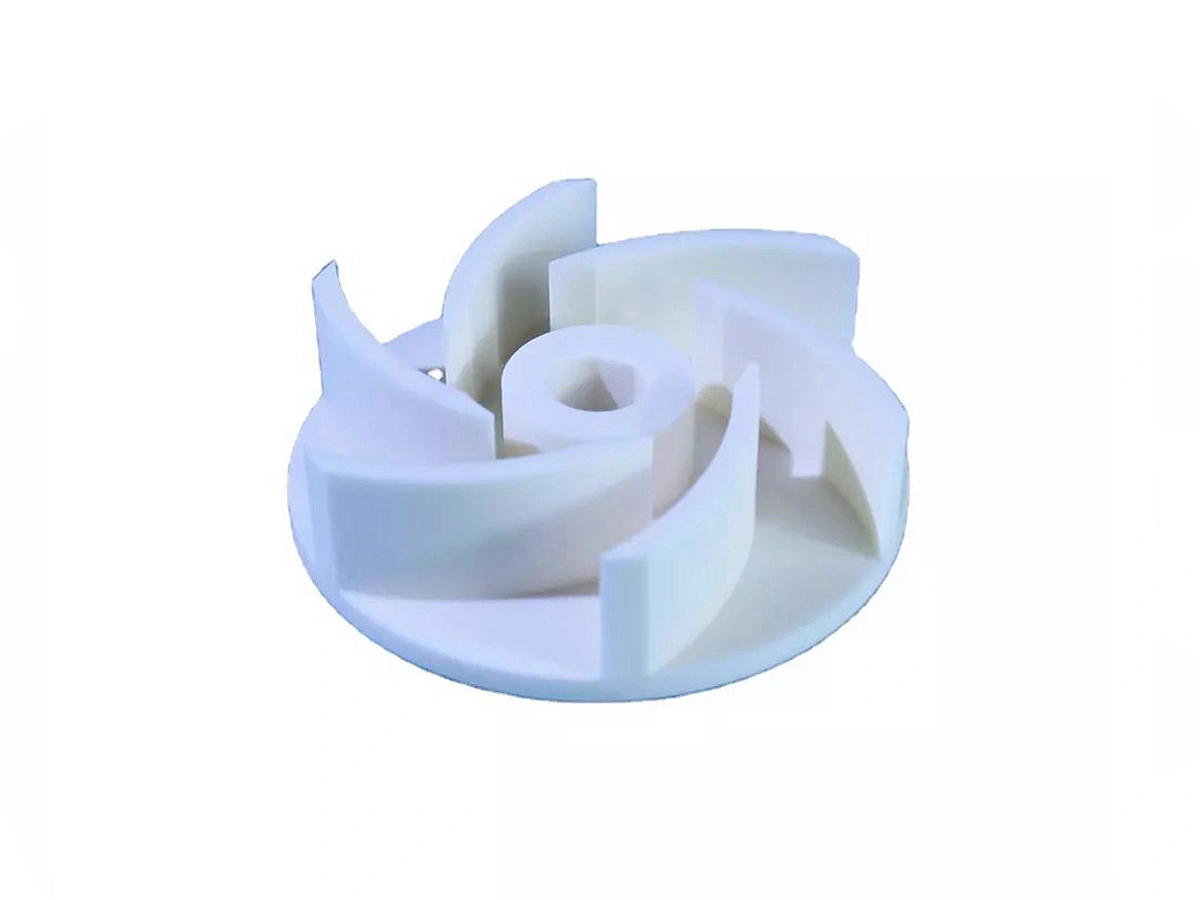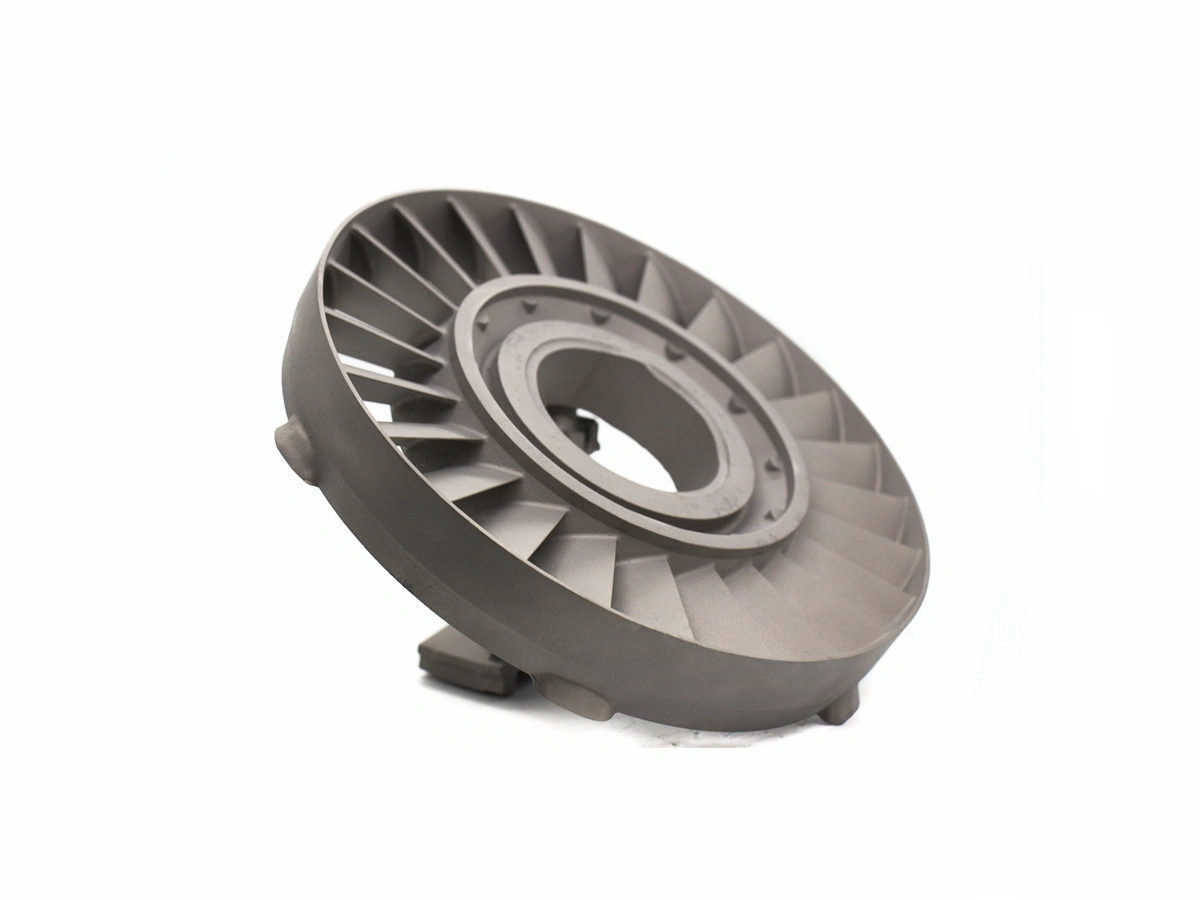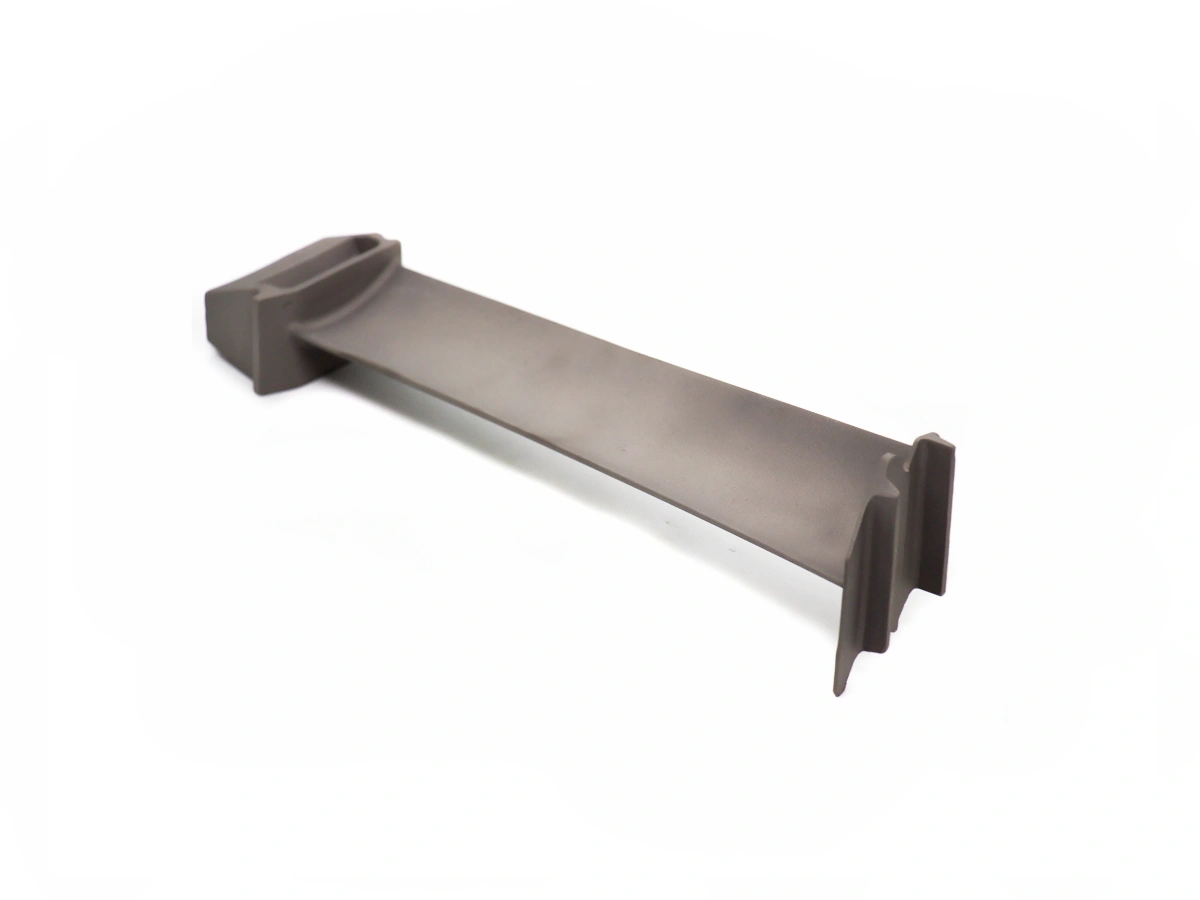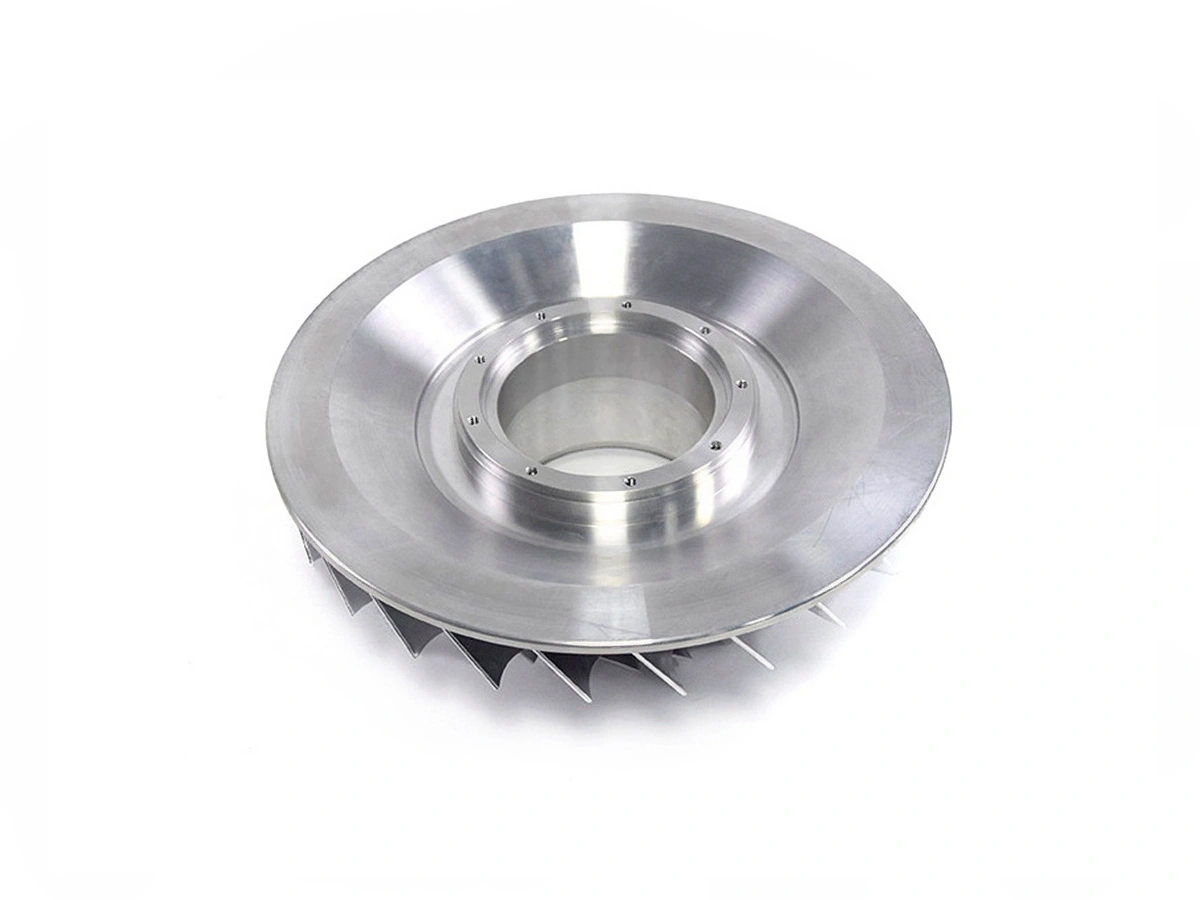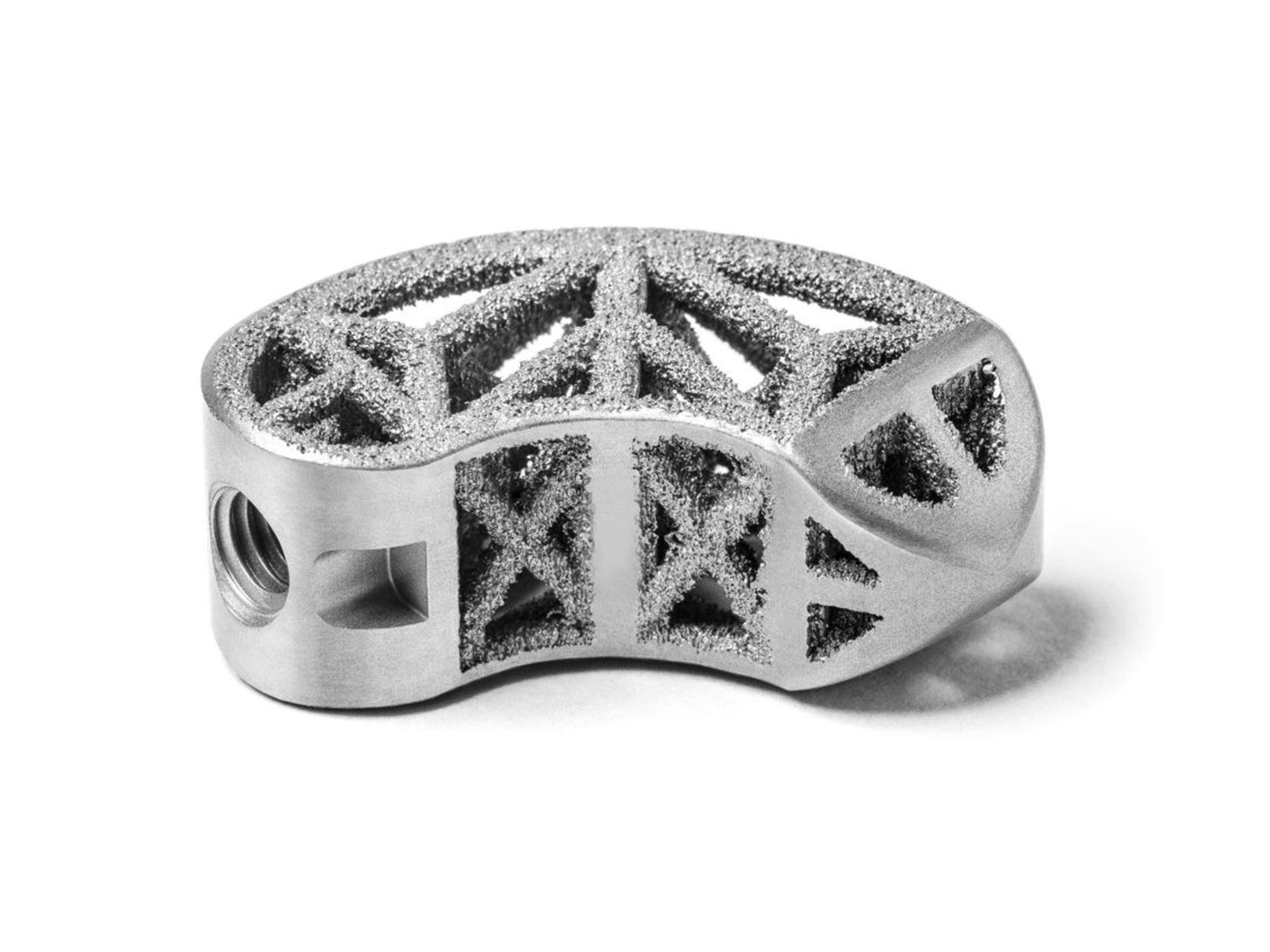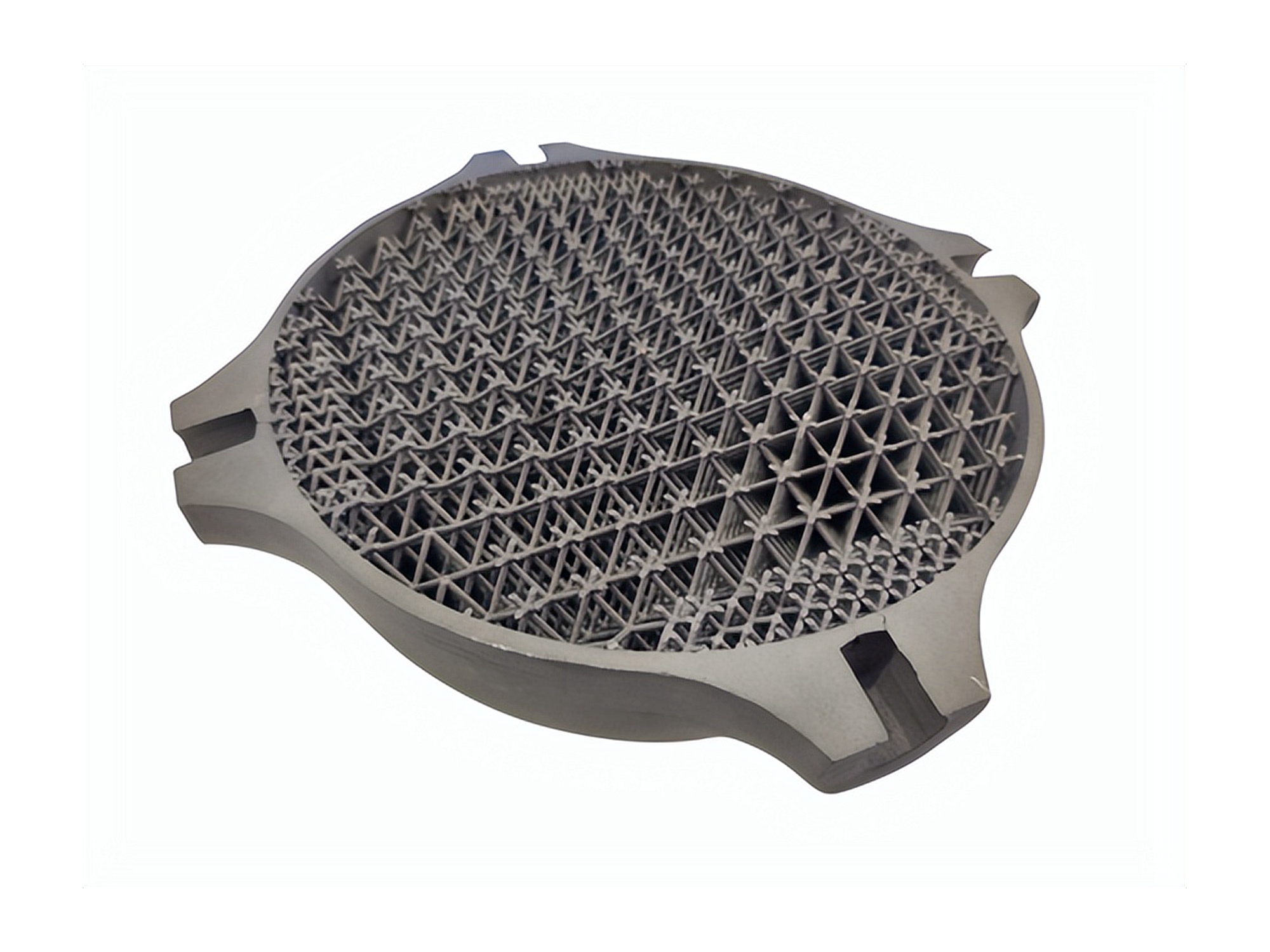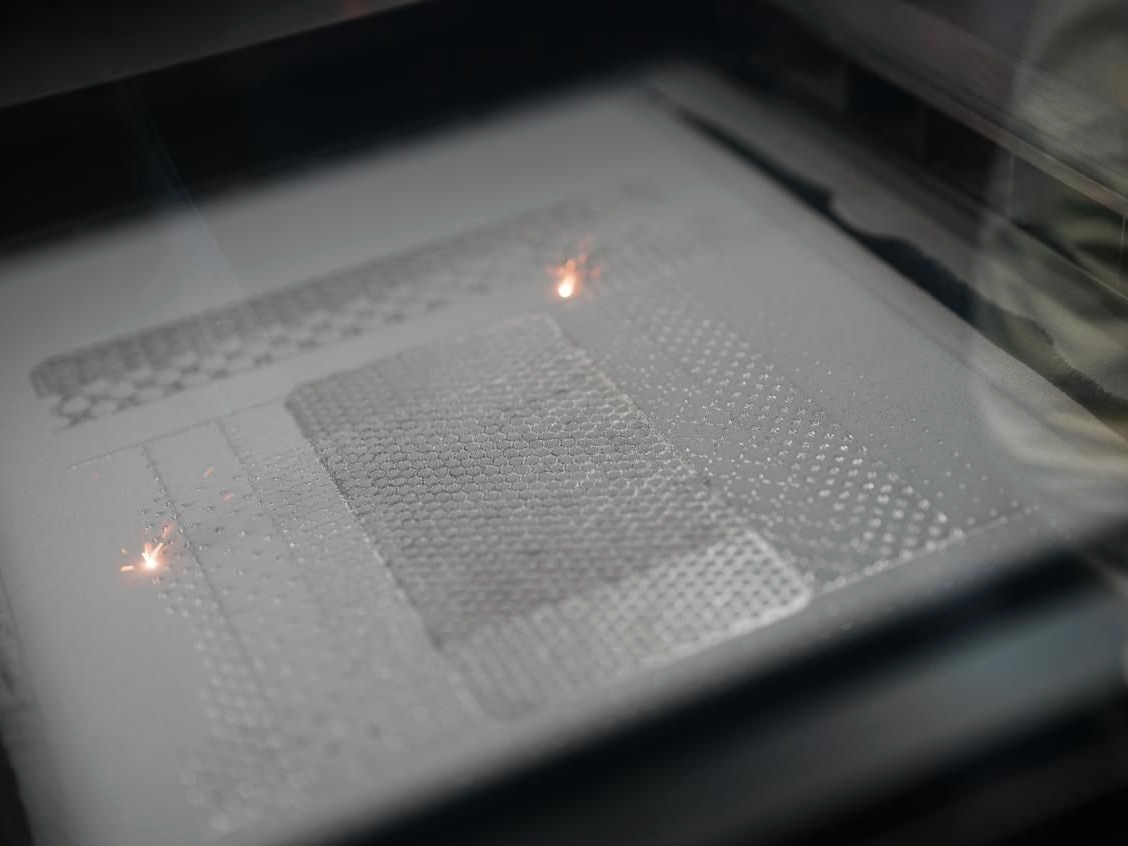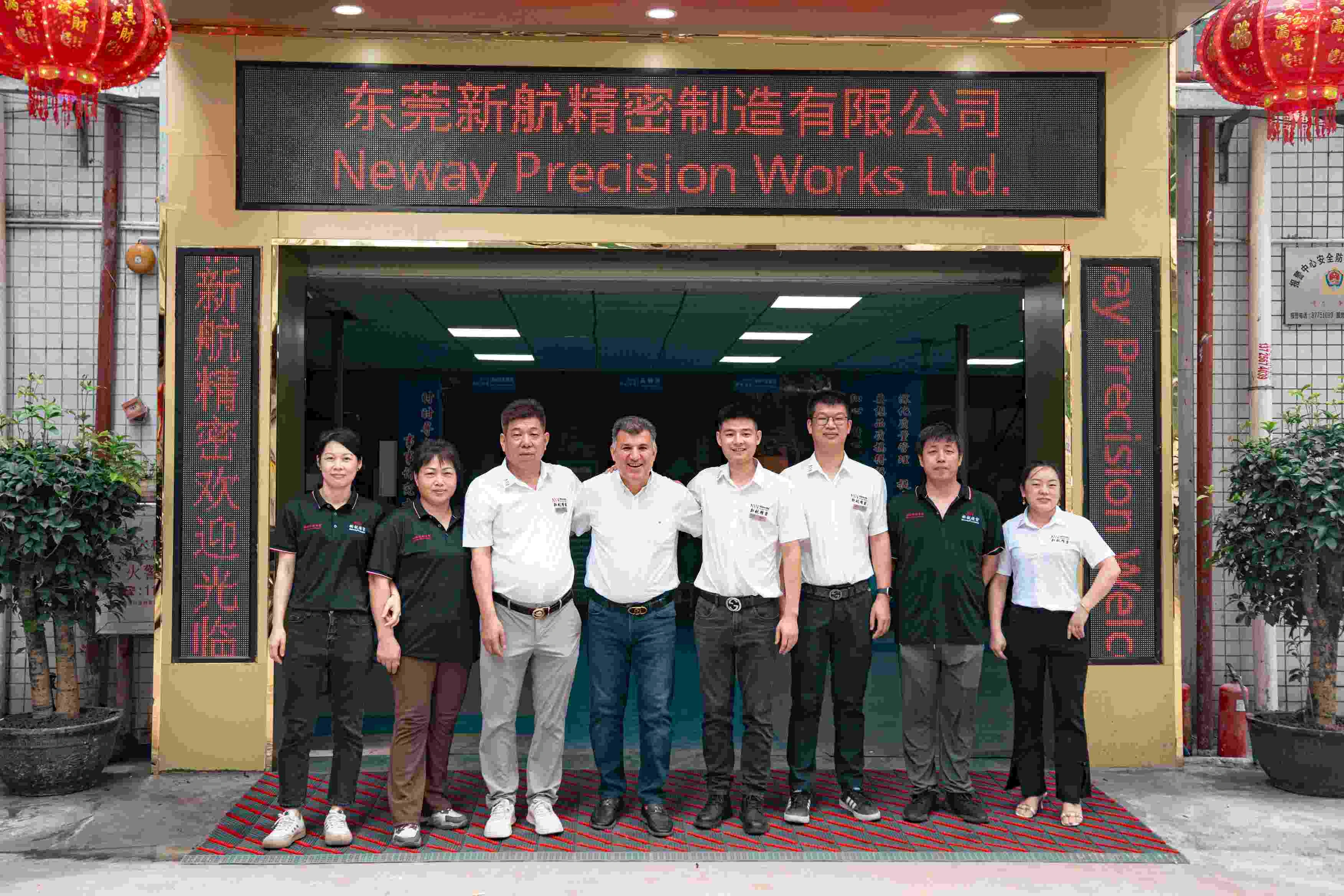Custom Parts Manufacturing Solutions
Power Generation Parts Manufacturing Service
Neway provides specialized Power Generation Parts Manufacturing services, including precise CNC Machining, advanced 3D Printing, and high-quality Investment Casting. Our solutions are tailored for turbines, heat exchangers, and other critical components, ensuring optimal performance and durability. We deliver high-performance parts to meet the stringent demands of the power generation industry.
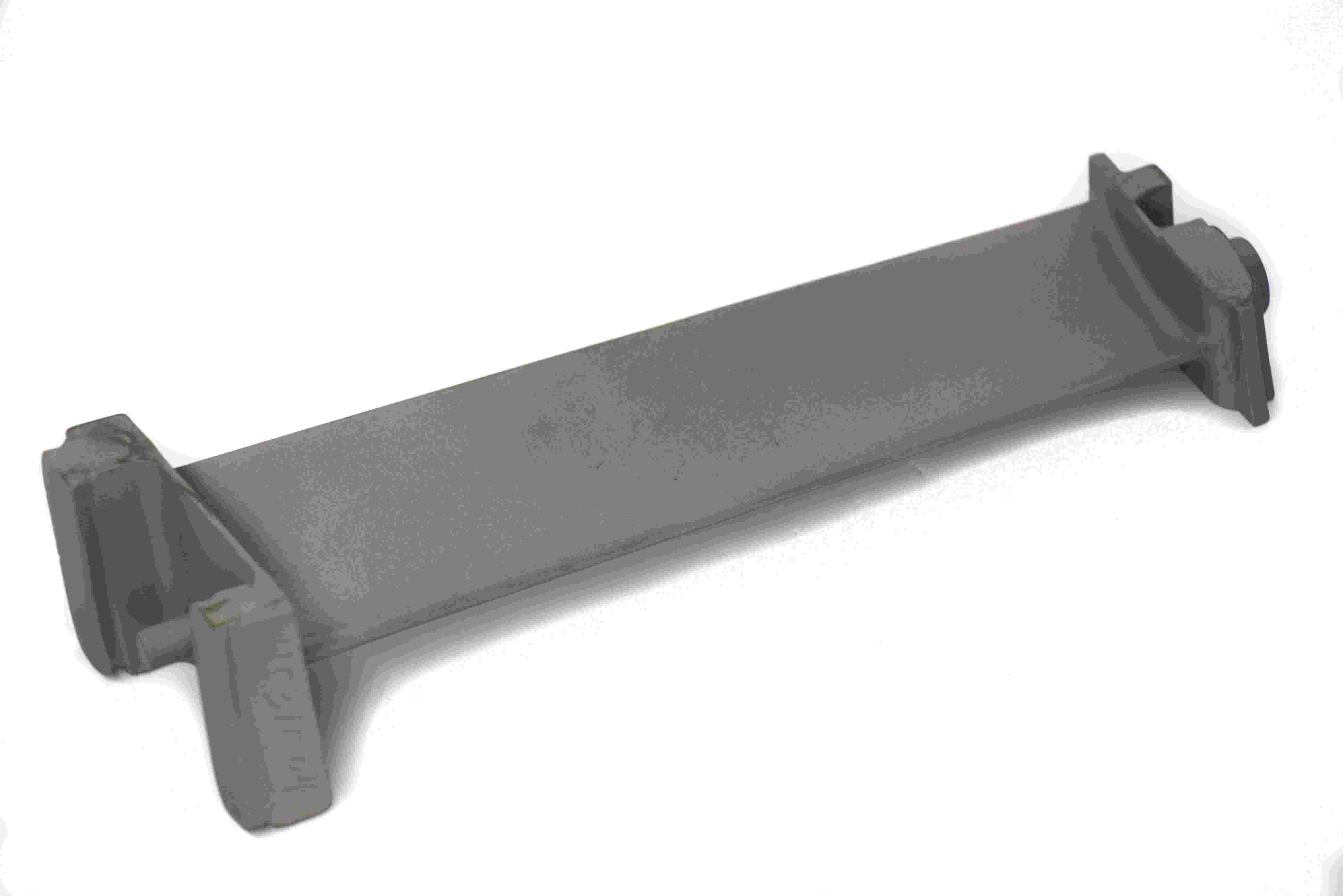
Power Generation Parts Machining
Our Power Generation Parts Machining services deliver precision-engineered components for power plants, utilizing advanced CNC processes such as Milling, Turning, Drilling, Boring, Grinding, and Multi-Axis Machining. With Electrical Discharge Machining (EDM) for intricate designs, we ensure high-quality, durable parts that meet the demanding performance and safety standards of the power generation industry for reliable, efficient operations.
Power Generation Material Selection
In power generation, high-performance materials like superalloys, titanium, aluminum, copper, brass, bronze, carbon steel, stainless steel, plastic, and ceramic are essential for manufacturing durable, heat-resistant, and corrosion-resistant components in turbines, generators, heat exchangers, and electrical systems.
Surface Treatment for Power Generation Industry
Surface treatments in the power generation industry enhance the durability, corrosion resistance, and performance of components exposed to extreme conditions. Techniques like thermal coating, anodizing, electroplating, and PVD protect parts from wear, heat, and oxidation. These processes ensure reliability, reduce maintenance costs, and extend the lifespan of critical equipment, such as turbines, heat exchangers, and valves.
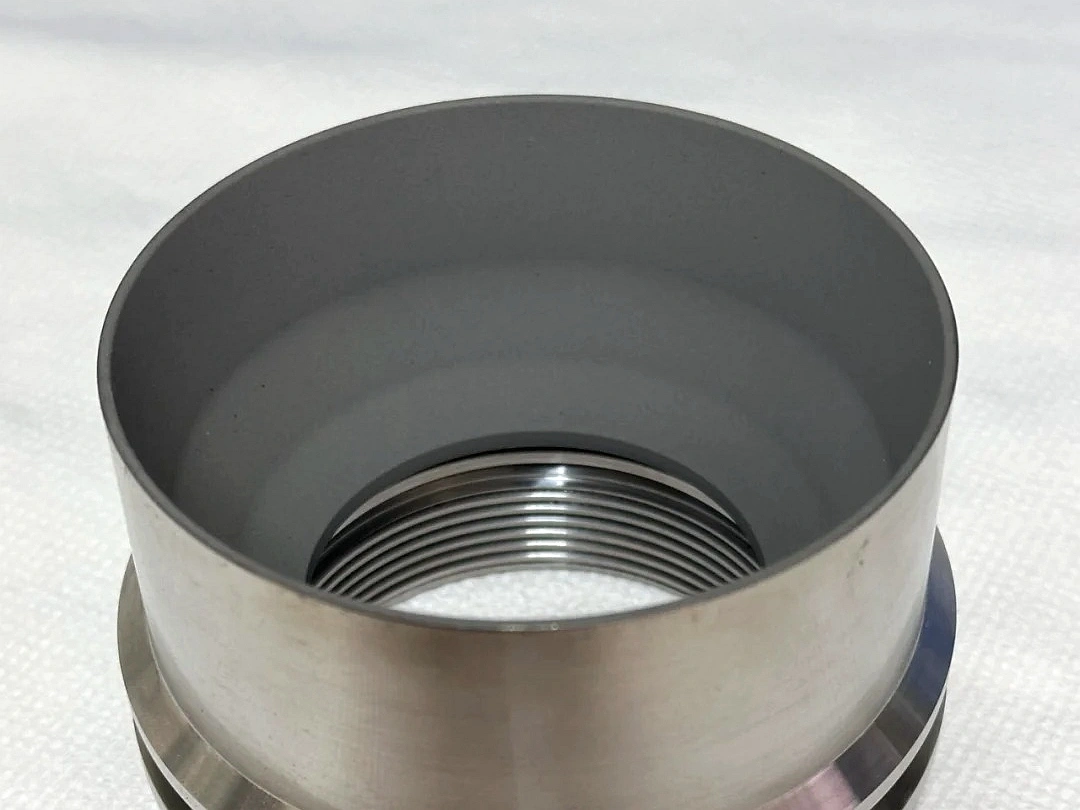
Learn More
Thermal Coating
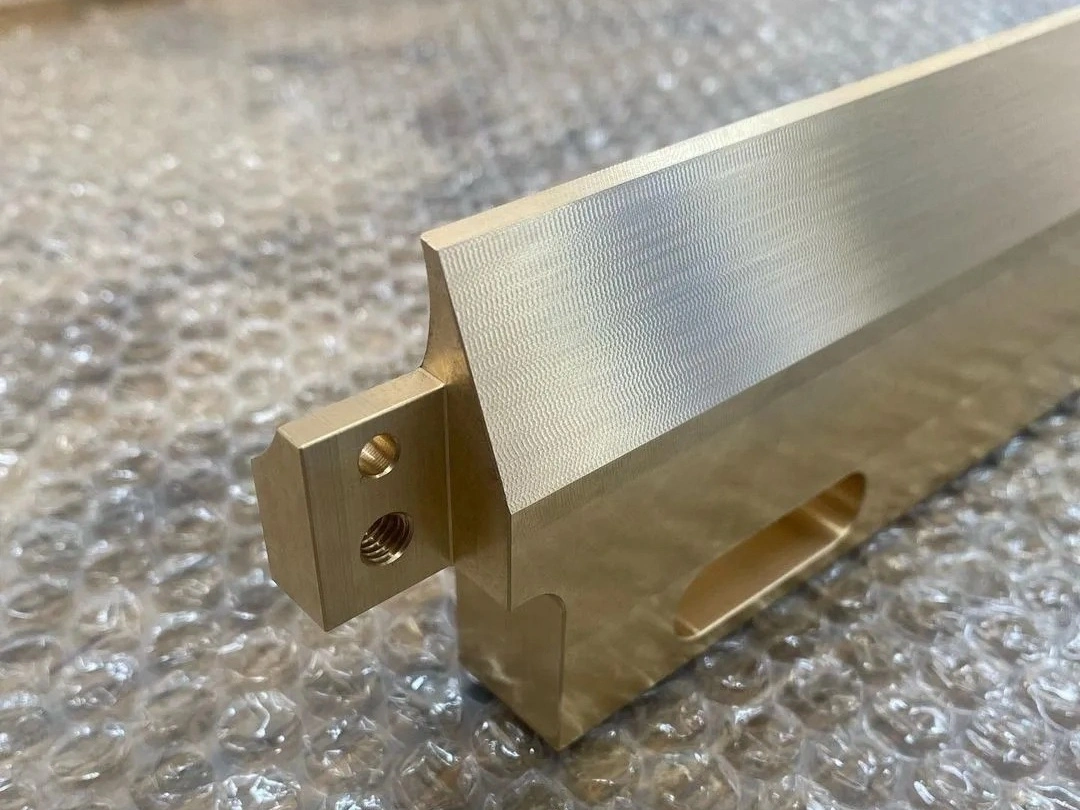
Learn More
As Machined
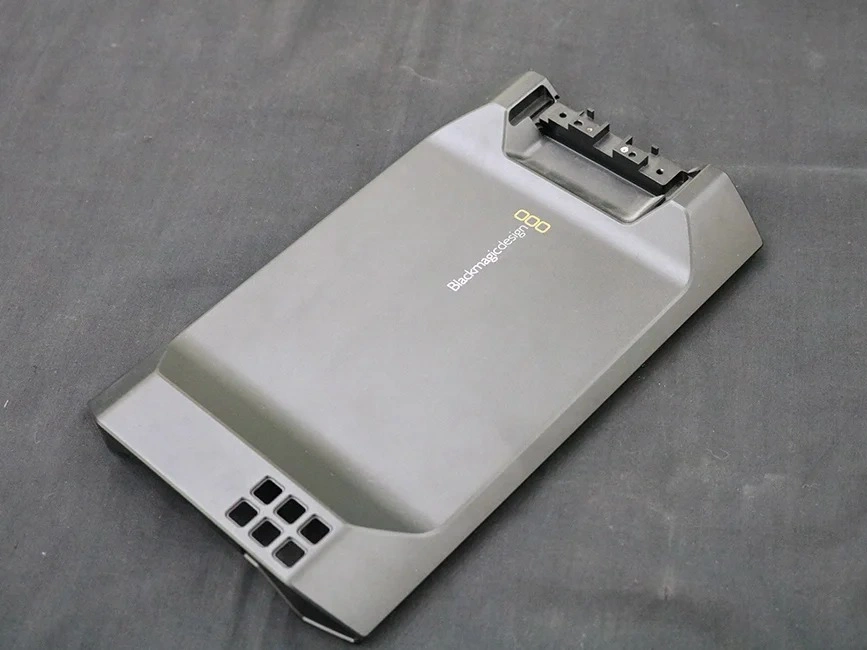
Learn More
Painting
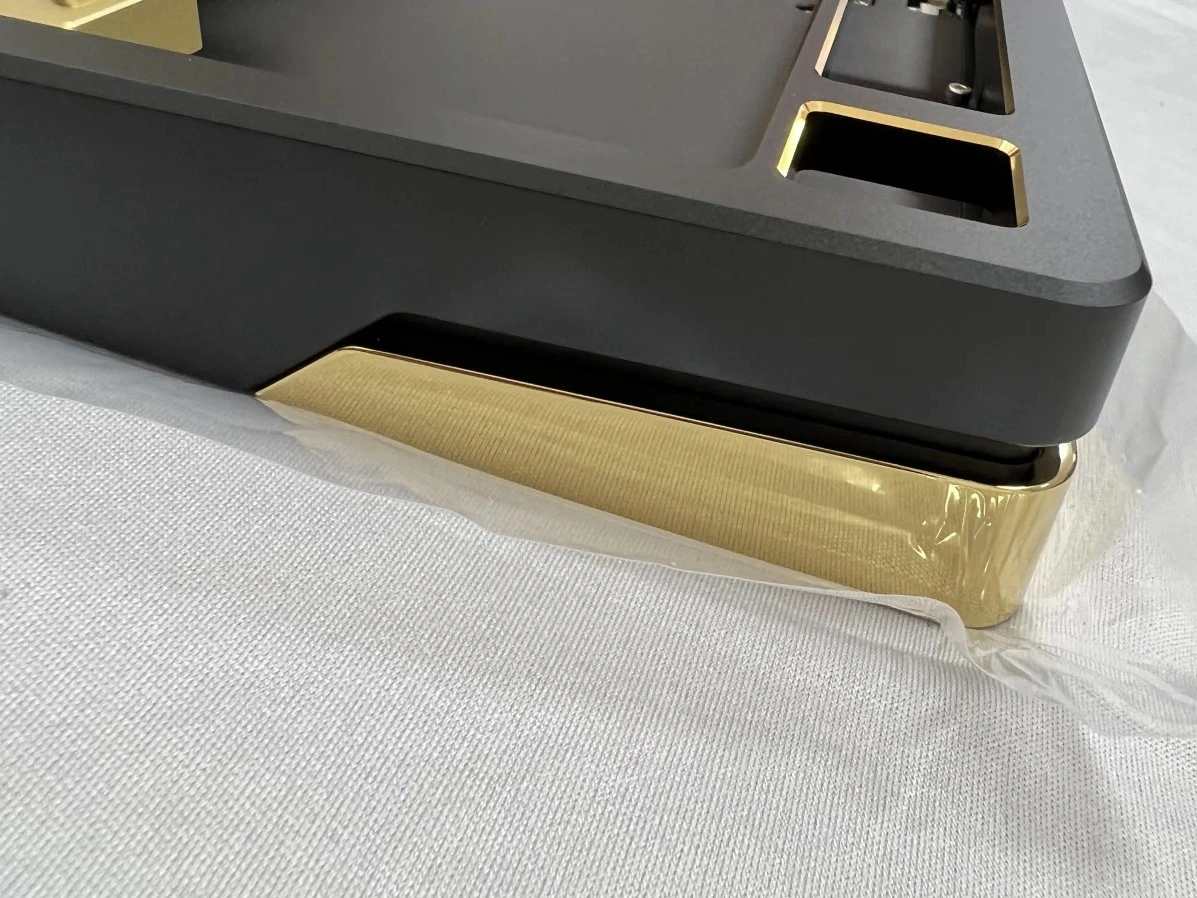
Learn More
PVD (Physical Vapor Deposition)
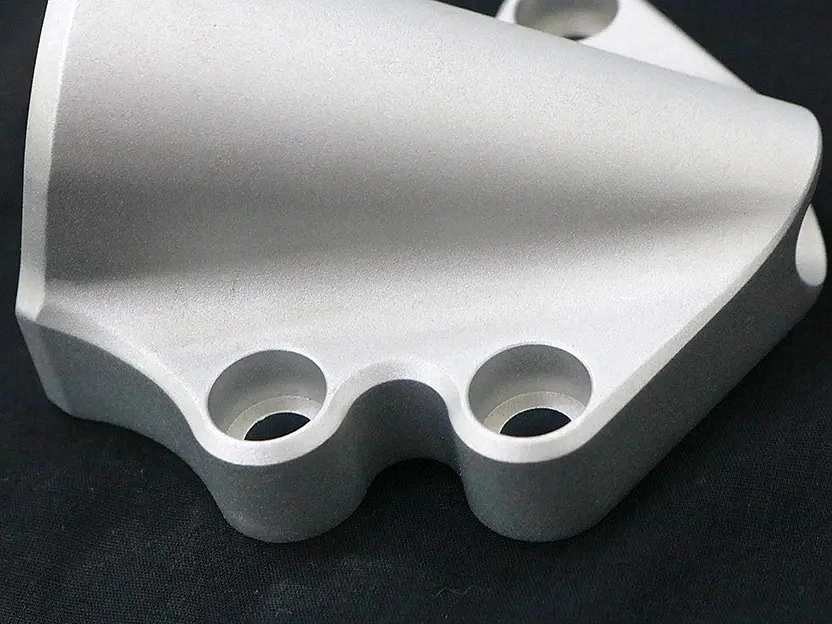
Learn More
Sandblasting
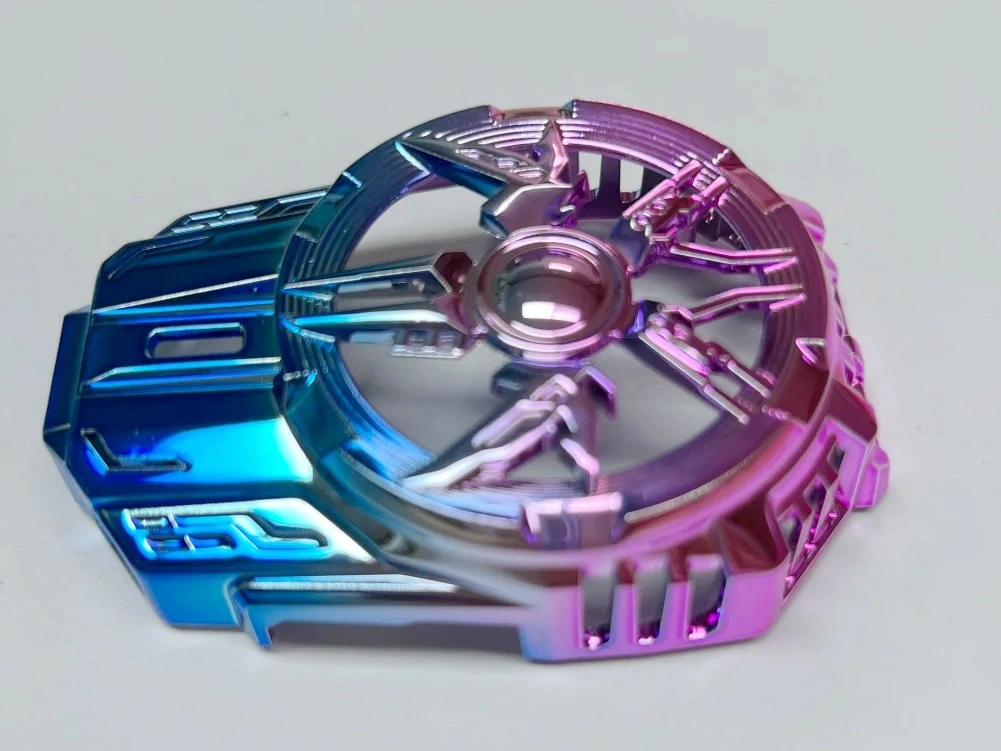
Learn More
Electroplating
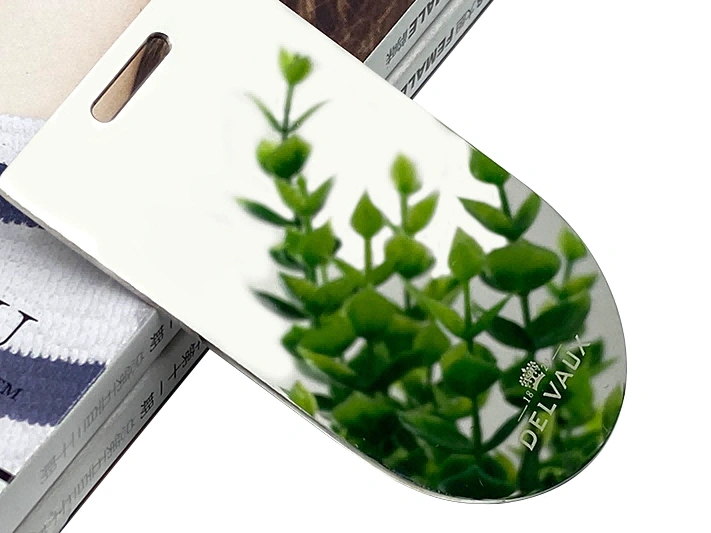
Learn More
Polishing
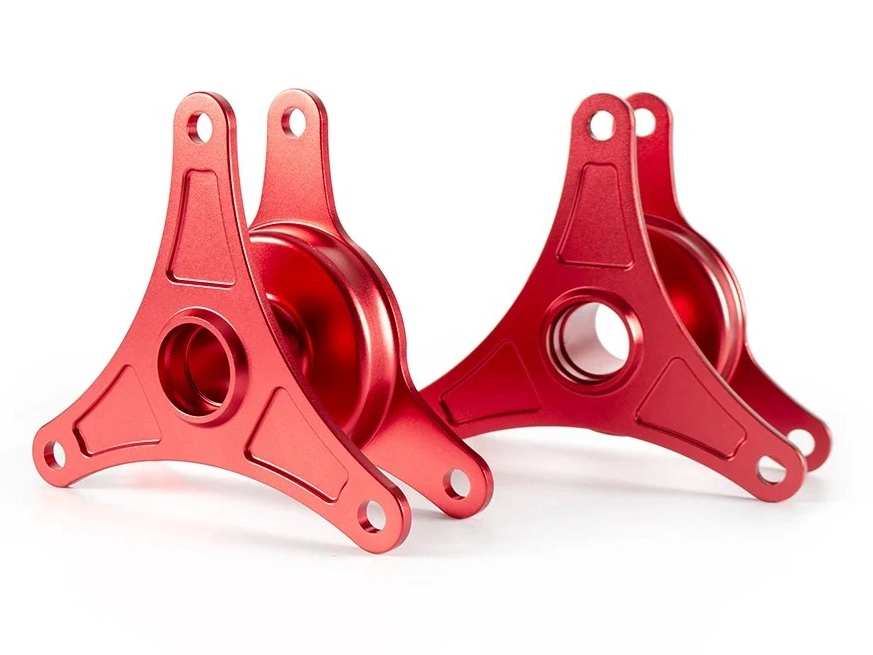
Learn More
Anodizing
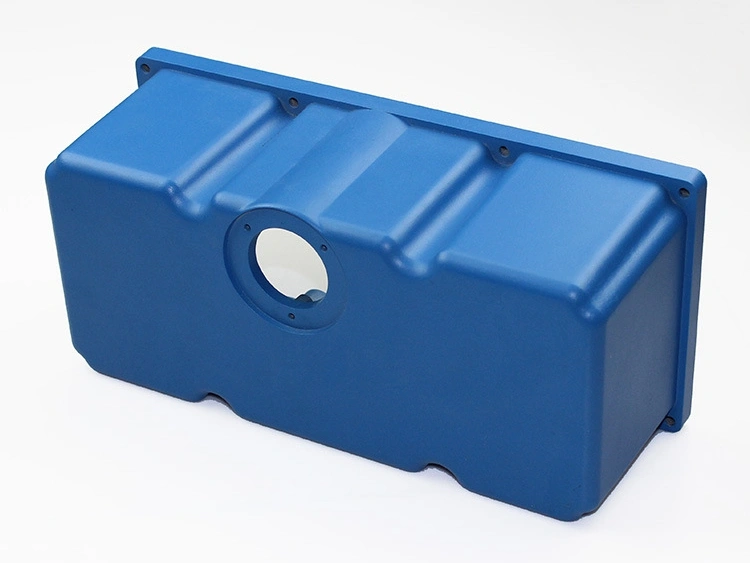
Learn More
Powder Coating
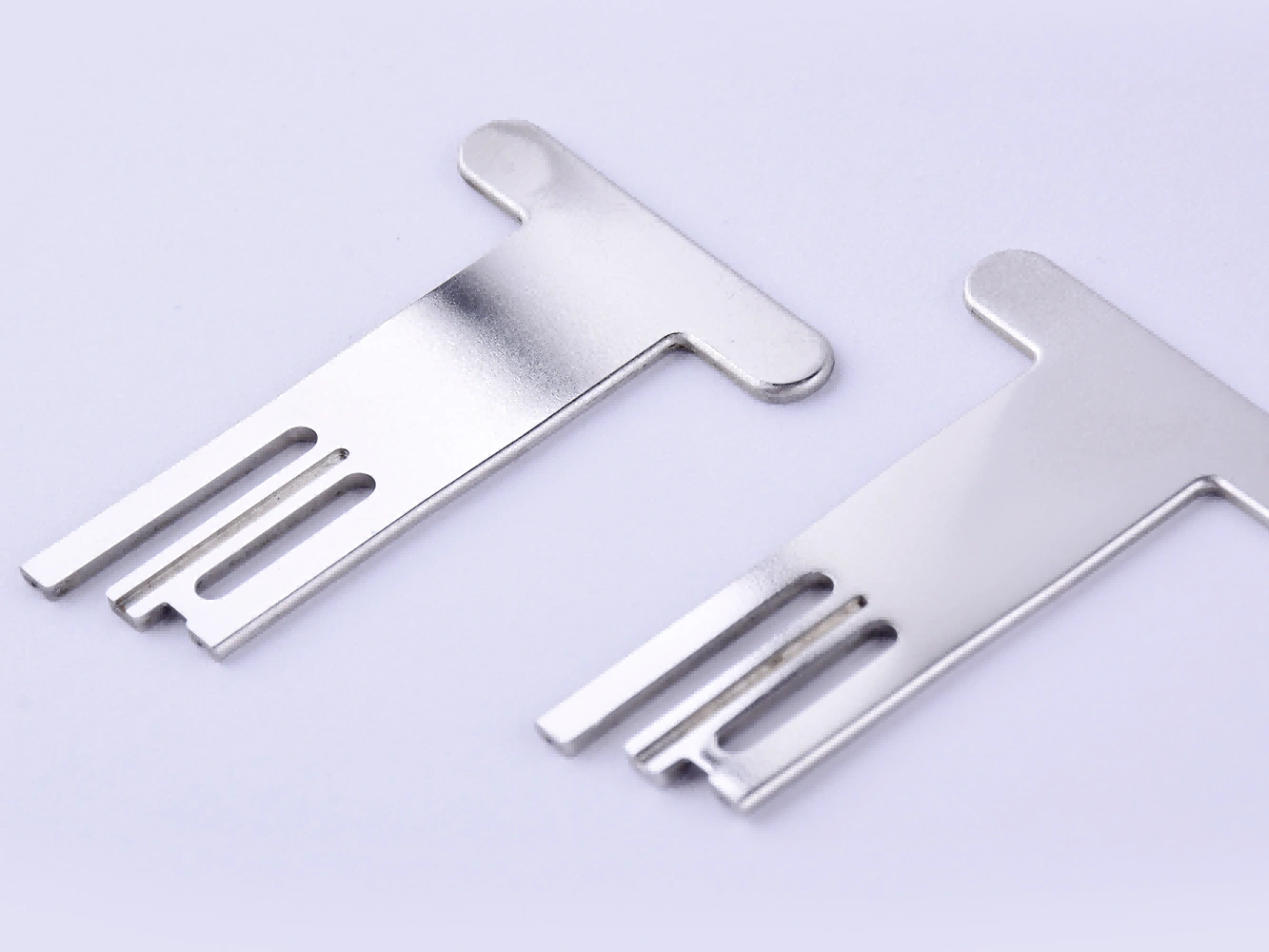
Learn More
Electropolishing
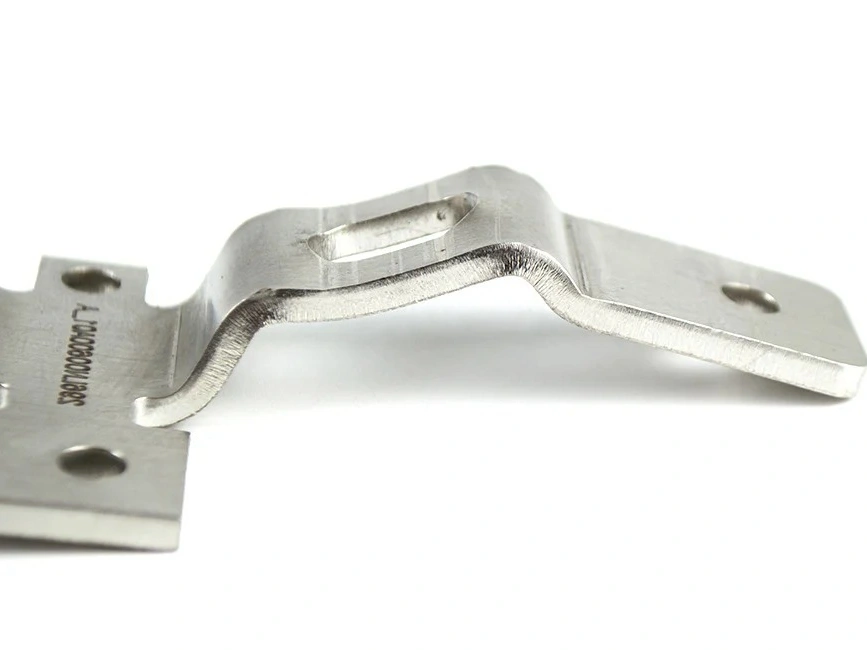
Learn More
Passivation

Learn More
Brushing
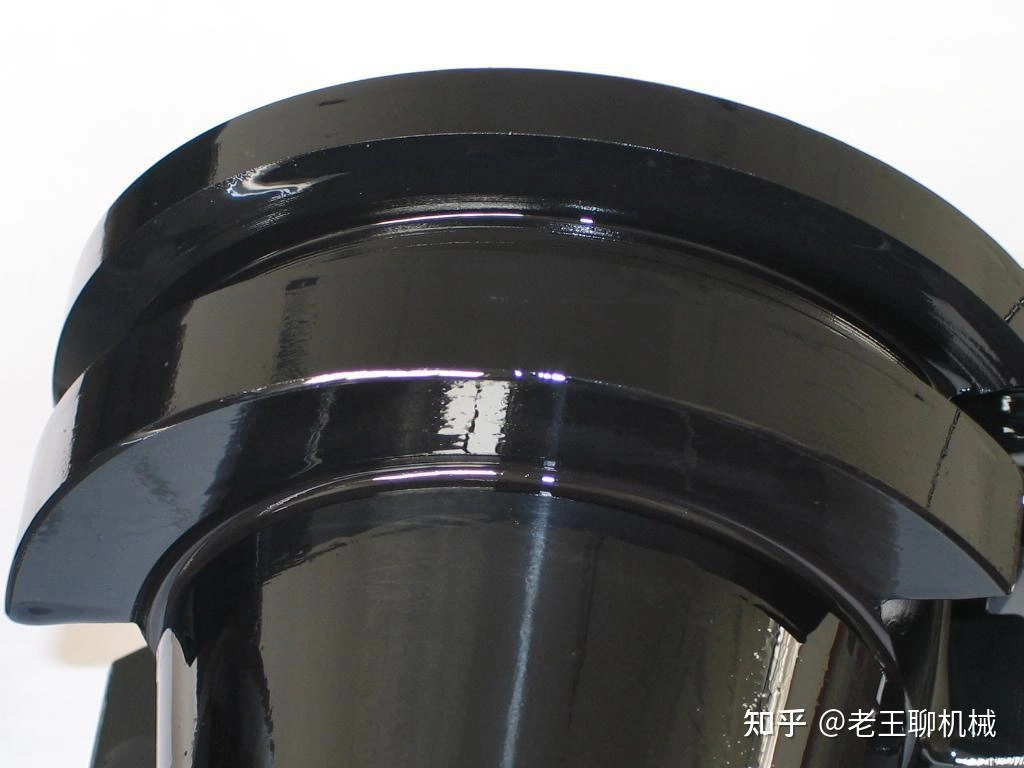
Learn More
Black Oxide
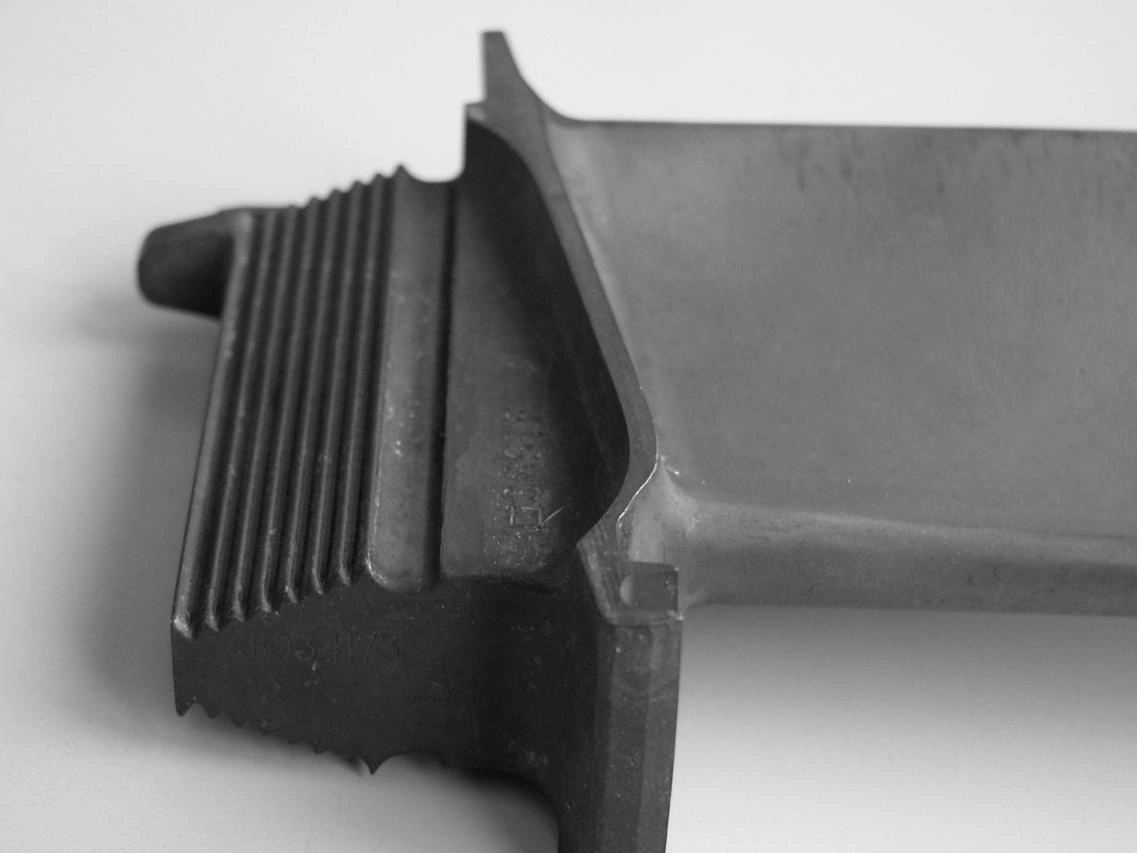
Learn More
Heat Treatment

Learn More
Thermal Barrier Coating (TBC)
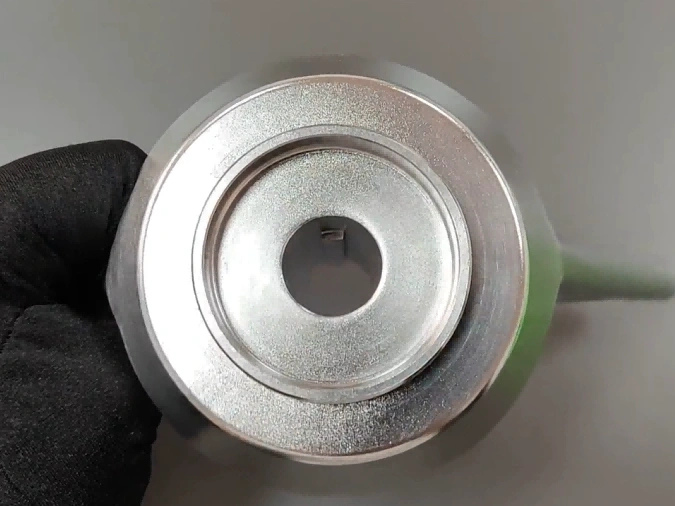
Learn More
Tumbling
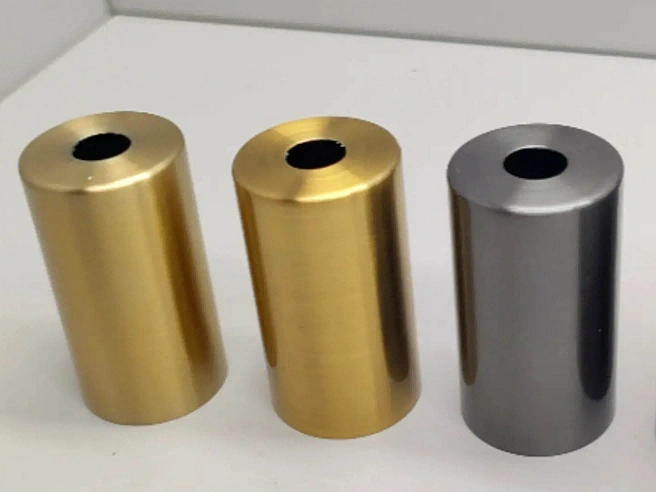
Learn More
Alodine
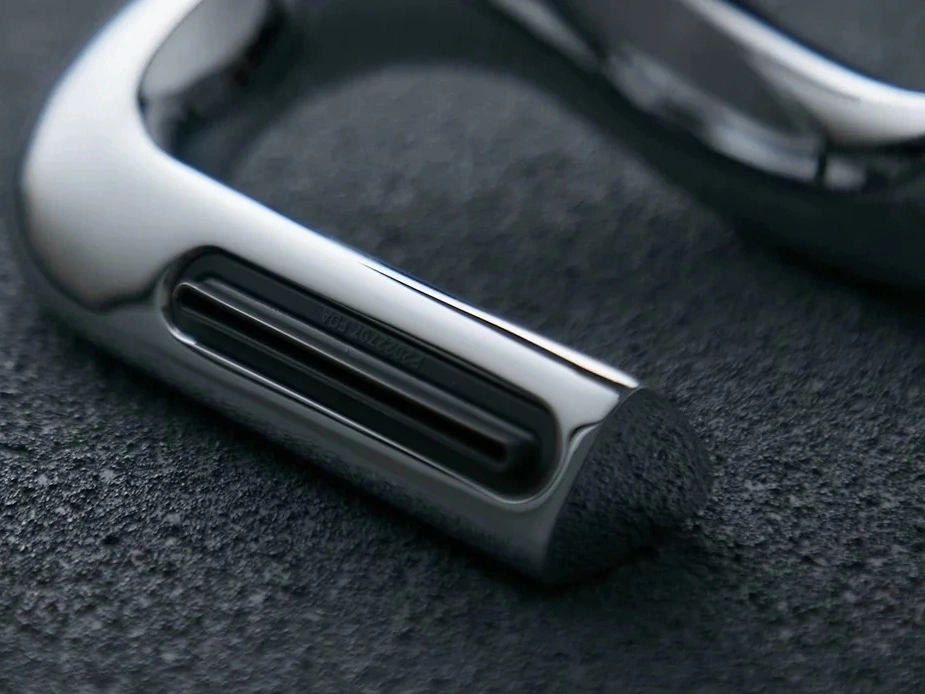
Learn More
Chrome Plating
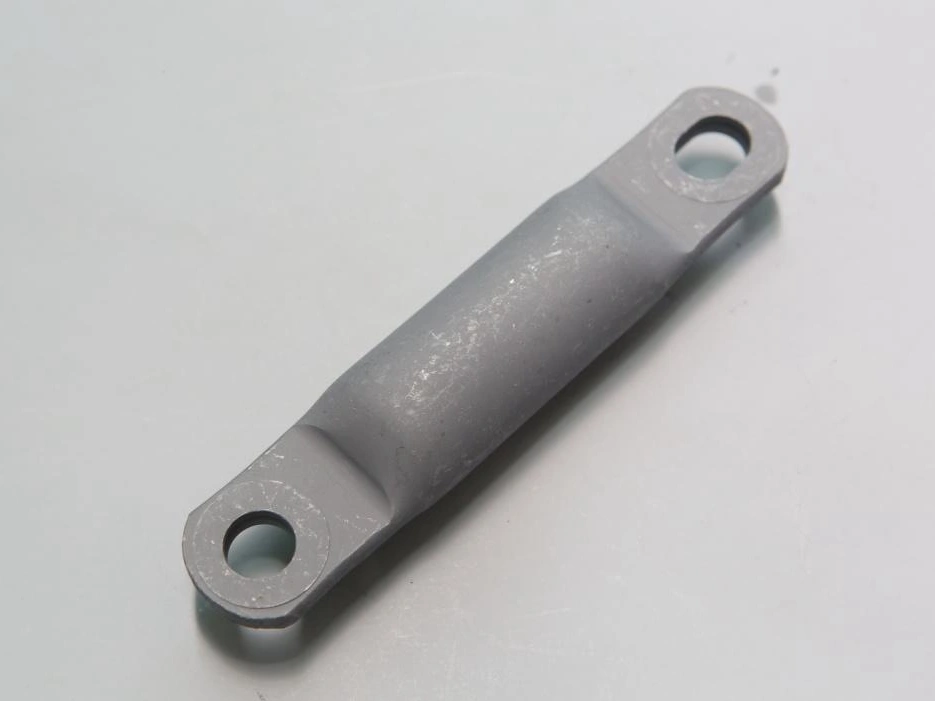
Learn More
Phosphating
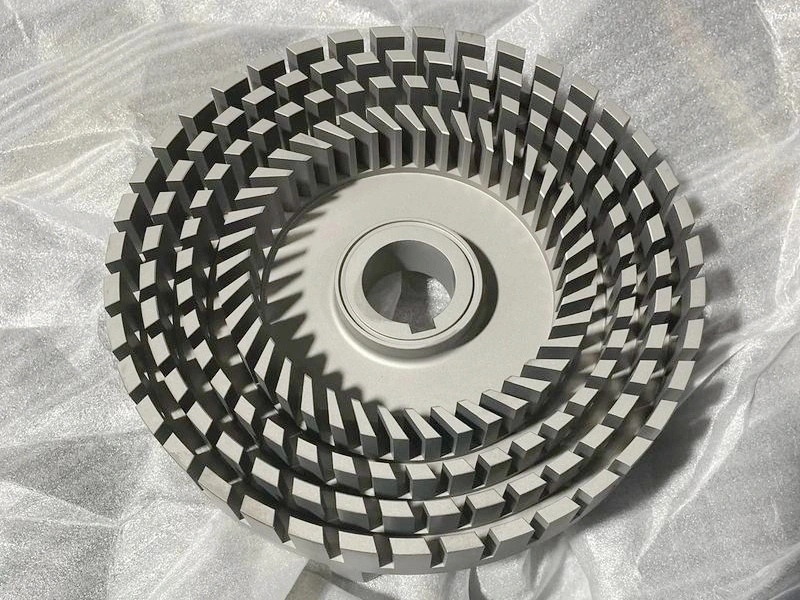
Learn More
Nitriding

Learn More
Galvanizing
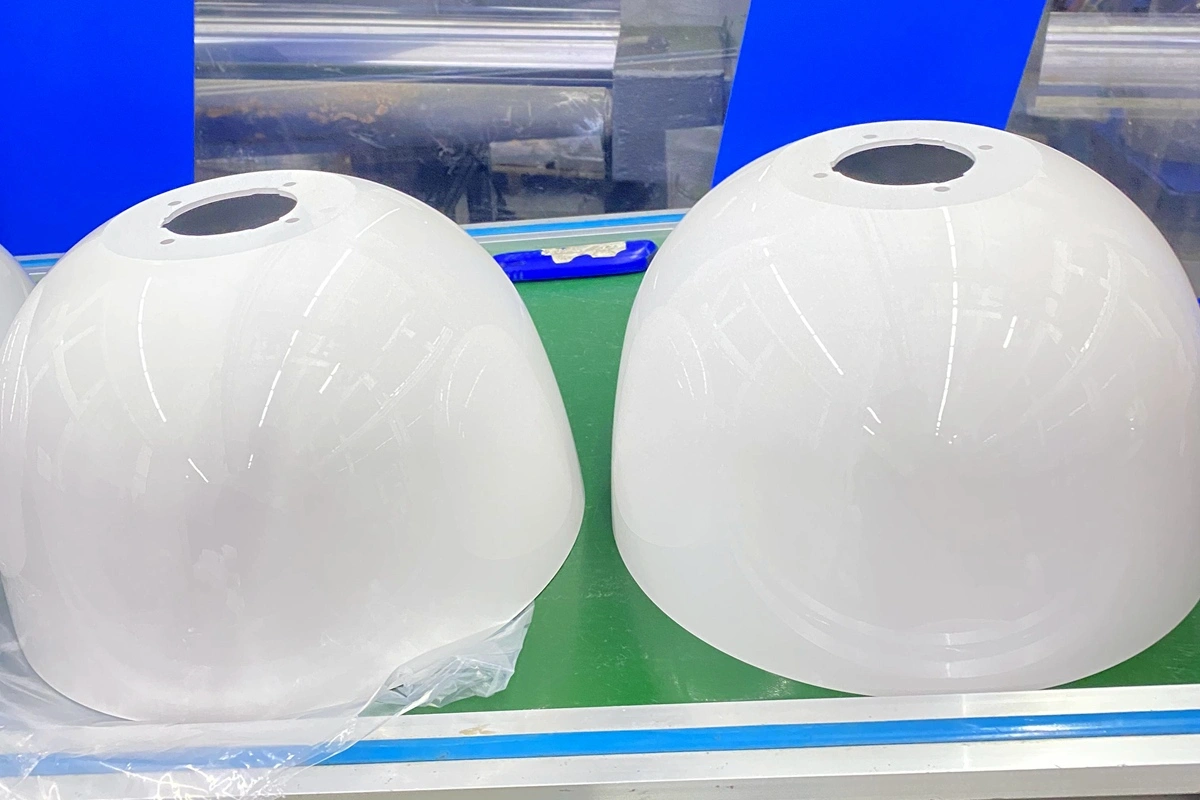
Learn More
UV Coating
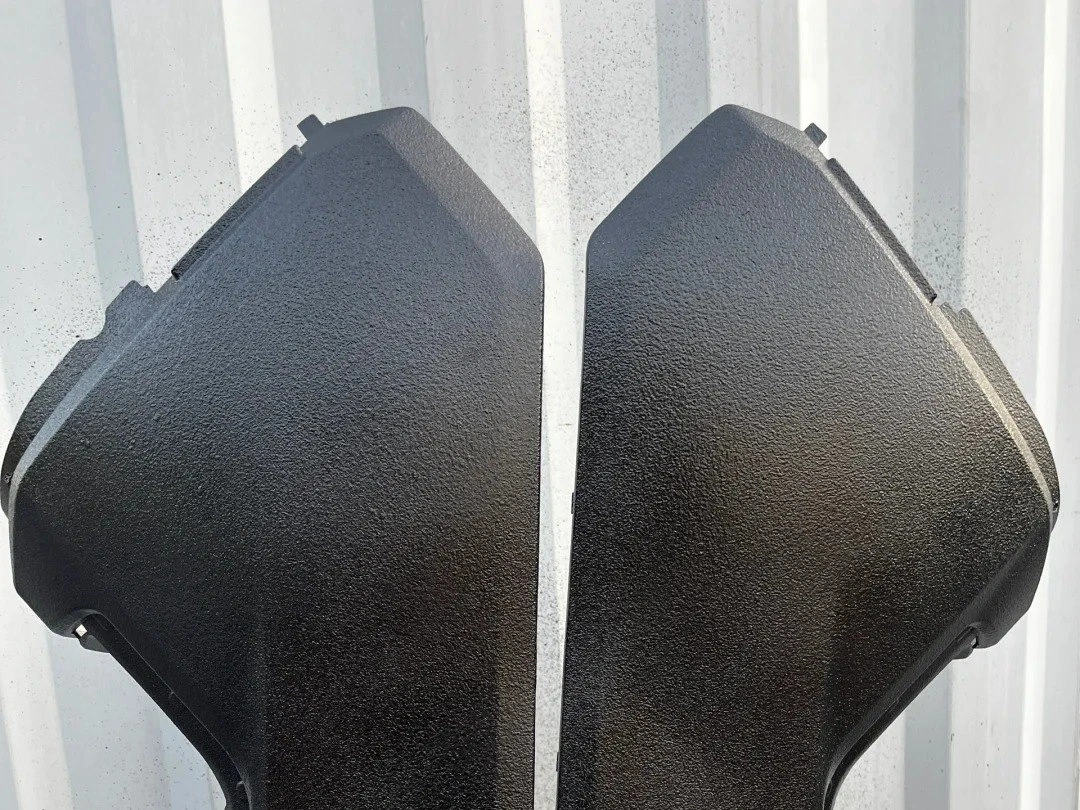
Learn More
Lacquer Coating
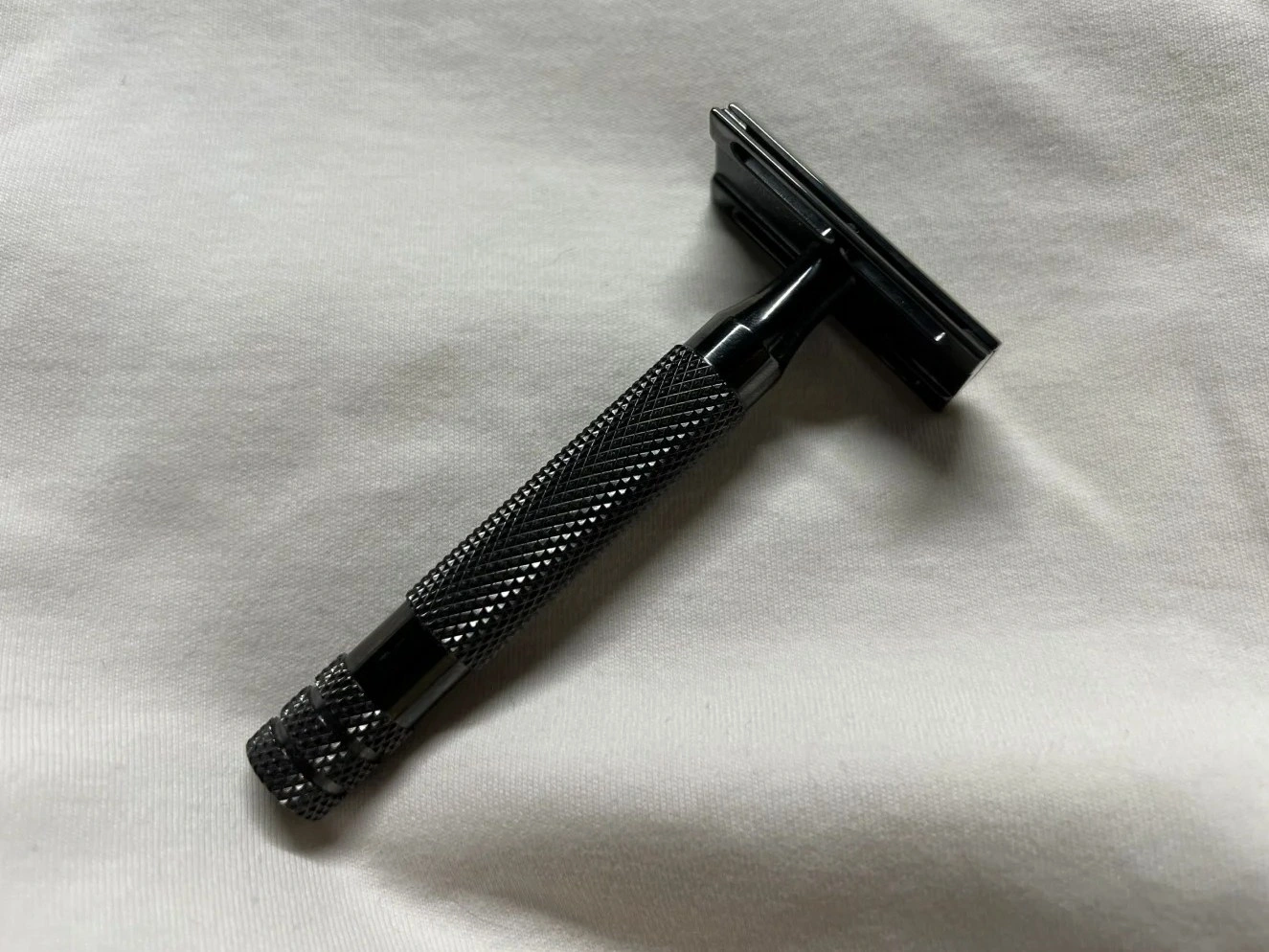
Learn More
Teflon Coating
CNC Machined Parts for Power Generation Systems
CNC machining is essential in power generation, producing parts like turbine blades, generator components, and heat exchangers, which are designed for reliability and efficiency in energy production.
Let's Start A New Project Today
Guide to Power Generation Parts Design
Designing parts for power generation requires high-performance materials and precision engineering to withstand extreme temperatures, pressures, and mechanical stresses. This guide outlines best practices for reliable, efficient, and compliant power generation components.
Custom Power Generation Parts Manufacturing Considerations
Custom manufacturing of power generation parts demands high-performance materials, precise engineering, and stringent compliance. This guide outlines critical manufacturing considerations for producing durable, high-efficiency components in power generation applications.
Frequently Asked Questions
Explore Related Resources
Solutions
Copyright © 2025 Machining Precision Works Ltd.All Rights Reserved.
